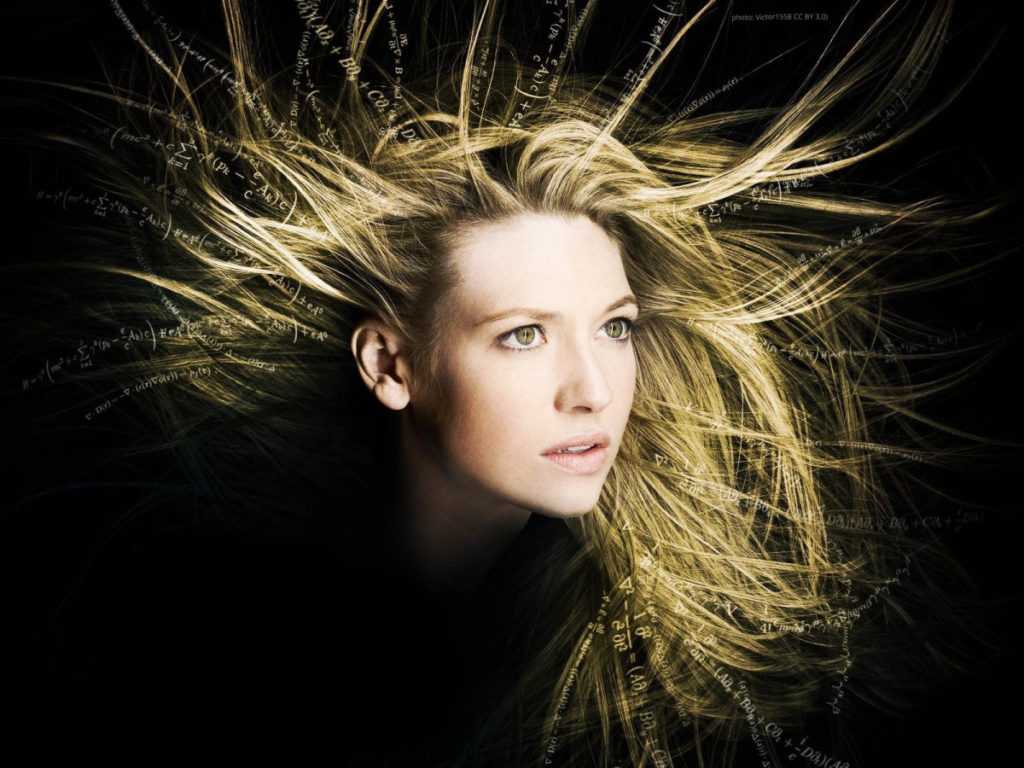Yesterday, in an Adobe Photoshop class, our energetic instructor introduced us to the ‘healing brush’, a technique used to adjust skin tones in images. Many uses of the healing brush are innocuous – eliminating glare from flash photography, adjusting for poor lighting, adding richer color to a flat image. Others are far more suspect – making people fit cultural beauty norms by removing age lines and wrinkles, taking out facial ‘blemishes’, minimizing laugh lines or inopportune freckles. This was disturbing. And I suddenly realized that techniques such as this are what perpetrate our culture’s narrow view of human beauty, and our avoidance and devaluation of aging.
We were given a photo of a middle age woman, presumably on vacation, seated near a stucco wall. She had a mild sunburn on her cheeks, age-appropriate lines on her face and freckles down her arms. We were told to ‘make her pretty’ by removing these defaults. Amazingly, with an hour’s practice, we were able to make her look about 15 years younger, with even skin tone and no laugh lines. We were even taught how to make these adjustments look ‘realistic’ – not easily detected – by fading and feathering the edges. The final result was compelling, but also unsettling. Driving home, bombarded by Toronto’s billboards, I saw in a new way how many faces had been retouched with the ‘healing brush’. Narry a crease, line or freckle could be found on the billboard portraits. We were told that advanced Photoshoppers sometimes sample from images of baby’s skin and then import this tone to add otherworldly smoothness to adult faces.
I can see it’s a valuable technique in many ways. But the way it is used so prevalently in pop culture is distressing because it elevates human form at age 18-30, while diminishing the value of later seasons of life. I also believe that this tremendous emphasis on ‘unblemished’ beauty leads many to become insecure about their own appearance – and leads them to ‘photoshop themselves’ with injections and implants.
Our generation thinks with its eyes and listens with its emotions”
Ravi Zacharias
